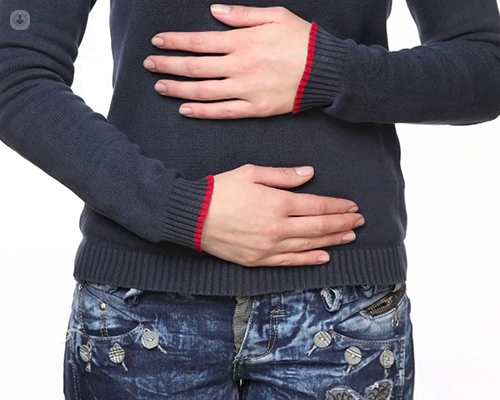Histamine intolerance: a very common but little-known disease
Written by:Allergic reactions to food are anomalous and sometimes violent responses to certain dietary proteins are quite common. Interestingly, people with food allergies are more prevalent in developed areas than in underdeveloped ones, where there are many more problems of nutrition and hygiene.
Another mechanism of food-borne disease causing a large number of previously unrelated conditions is histamine intolerance, a very common disease (affecting 50-60% of the population) that has a great variety of symptoms.

What is histamine?
Histamine is a vital molecule that is found in both the foods we take (in some more than in others) and in our cells. Histamine intolerance occurs when we eat foods that cause a histamine reaction.
Symptoms of histamine intolerance
The symptoms of histamine intolerance can be classified into two types:
• Direct: migraines, migraines, abdominal bloating after eating, diarrhoea, muscle cramps, deregulation of secretions (saliva, tears, vaginal discharge), abortions and infertility, among others.
• Indirect: intervertebral dehydration, pressure pain, dry skin, constipation, among others.
Diagnosis of histamine intolerance
The main problem that arises when making a diagnosis of histamine intolerance is that the patient prioritises their major symptom, whether irritable colon, migraine or any other, and goes to the appropriate specialist. At this point, it is important that the specialist makes a correct differential diagnosis to distinguish whether or not the patient has other symptoms that make them suspicious of histamine tolerance, such as contractures, intervertebral dehydration, deregulation of secretions, etc.
To get an idea of the variety of symptoms that histamine intolerance may present, our laboratory carries out studies of patients referred by specialists who have been treating this type of patients for years. Of all of them, 30-40% come from General Medicine consultations, where they attend for chronic fatigue ailments or fibromyalgia; 20-25%, are referred from traumatology, mainly due to problems of intervertebral dehydration; 10-12%, come from consultations about digestion problems, for symptoms like an irritable colon; and the remainder comes from neurology, allergy, dermatology, hepatology, psychiatry, otorhinolaryngology consultations, among other specialties.
How to approach histamine intolerance
As explained above, the instinct of a patient with histamine intolerance is to go to the specialist for one or more symptoms that concern them and, as a rule; the specialist offers a treatment to calm the symptoms. Consequently, the patient takes more and more drugs to treat the different ailments, and this can lead to excessive consumption. This is not only not the solution, but it rather aggravates the problem, since the drugs are being incorporated in the digestive tract and this leads to the deterioration of the same.
For this reason, it is important that medical specialists have knowledge of histamine intolerance, and that they make more laborious consultations. In this way, they will be able to diagnose the disease and the patient will be able to confirm thanks to an analytical study which are the responsible foods. In addition, this will help reduce excessive drug consumption.
The patient must realise that the treatment requires constant effort on their part, since it is more difficult to avoid dairy products (which can also be found in sausages, meat, pasta, etc.), for example, than taking three pills a day. It should be noted that the greater the number of foods, the more complicated the diet, and the food supply has many components.
Despite the difficulty, it has been demonstrated that the therapeutic diet is the most effective solution in the treatment of histamine intolerance. Specifically, 92% of patients improve with this method, 7% need other types of food and only 2-3% need special studies.
In short, food, which is a source of health, for different reasons, can lead to illness. Thus, the following points should be highlighted:
- All foods, to a greater or lesser extent, contain histamine, but the histamine content of foods never leads to chronic disease, so a diet of foods low in histamine, in our view, is to be discouraged. There are many points on which we can rely to defend this claim.
- The cause of the disease is exclusively in the histamine released by our own cells when eating a food that, for the affected person, behaves as positive in a specific histamine release test.
- Histamine intolerance is an acquired disease and, when all being well over time, foods withdrawn from the diet can be reintroduced.


